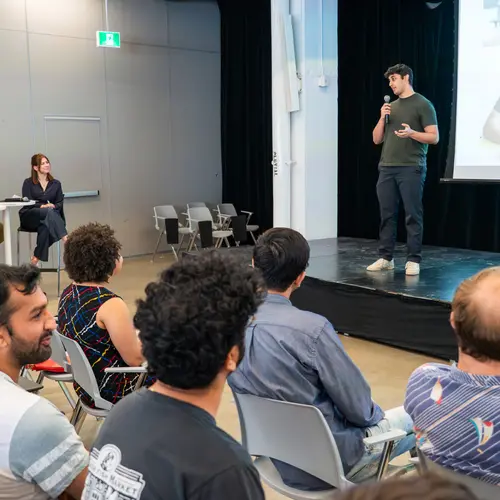
Prakash Panangaden
Biography
Prakash Panangaden studied physics at IIT Kanpur, India. He obtained an MS in physics at the University of Chicago studying stimulated emission from blacks holes. He obtained a PhD in physics from the University of Wisconsin-Milwaukee working on quantum field theory in curved spacetime. He was an assistant professor of computer science at Cornell University where he primarily worked on semantics of concurrent programming languages.
Since 1990 he was a professor at McGill University's School of Computer Science and for the last 25 years he has been working on many aspects of Markov processes: process equivalence, logical characterization, approximation and metrics. Recently he has worked on using metrics to enhance representation learning. He has also published papers in physics, quantum information and pure mathematics. Prakash is a Core Academic Member at Mila - Quebec Institute of Artificial Intelligence. He is a Fellow of the Royal Society of Canada and a Fellow of the Association for Computing Machinery (ACM).


